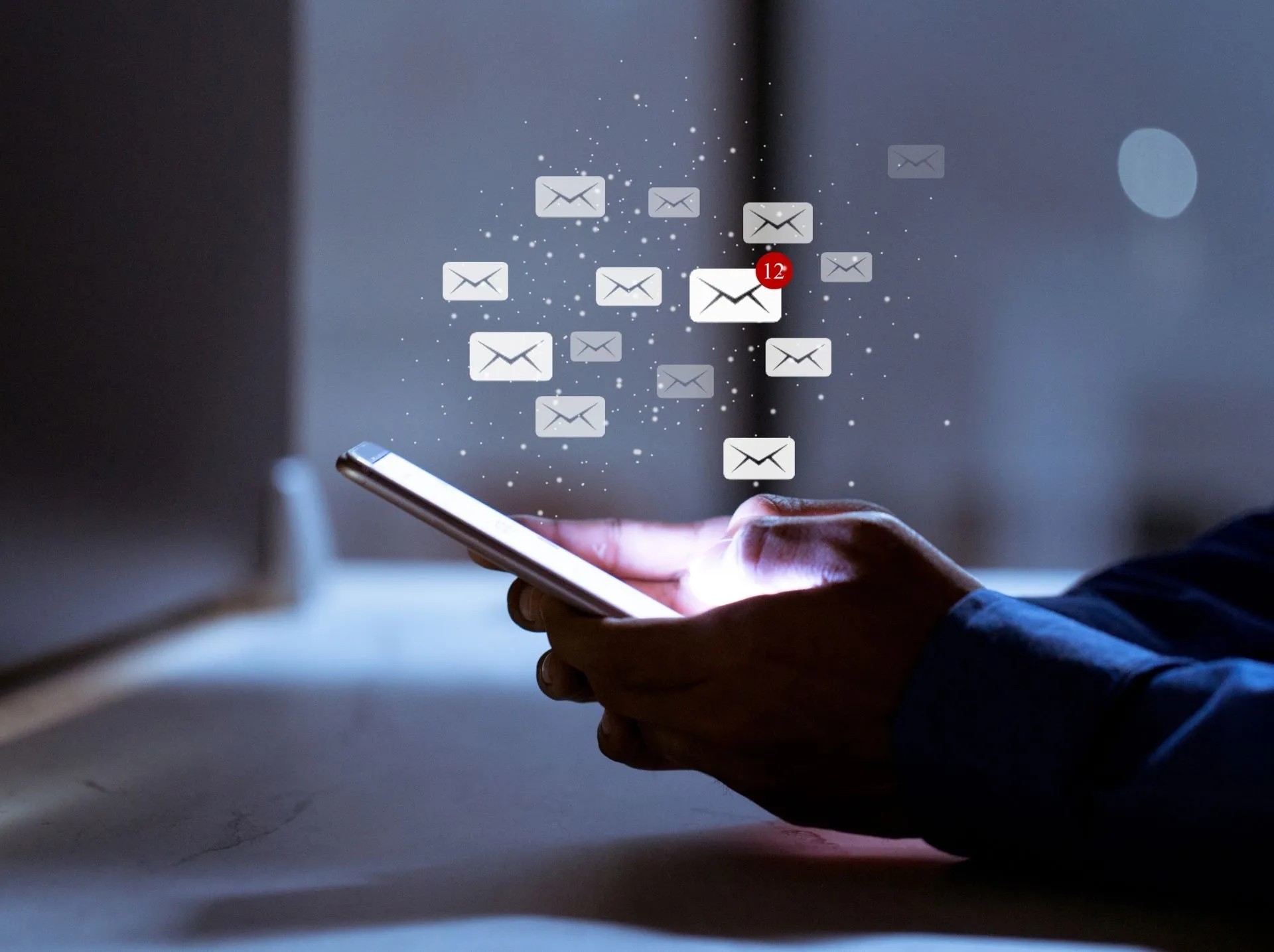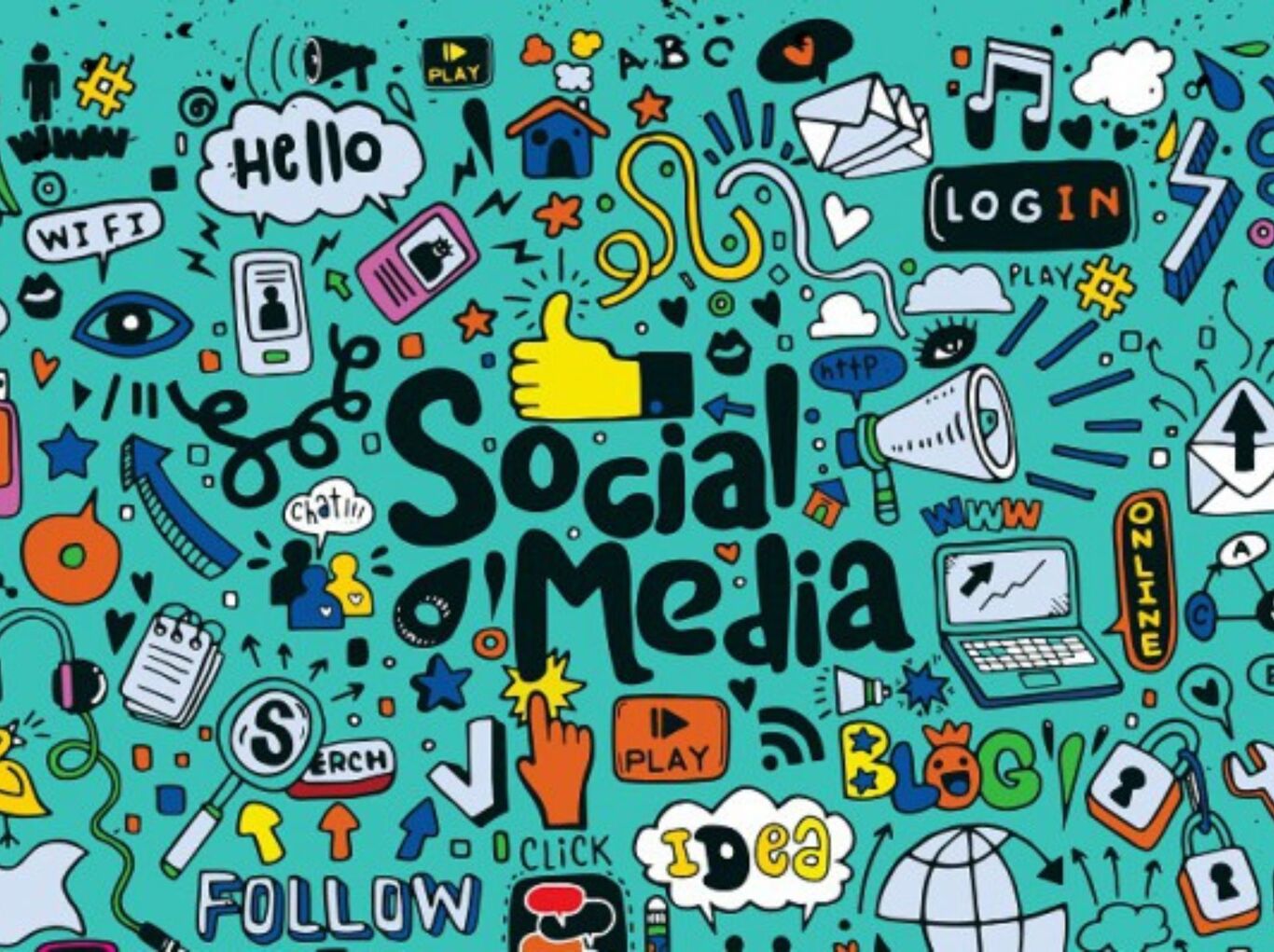Email Sequence: Best Examples, Practice & Tool for Max Impact

Have you ever hit “send” on an email and wondered if anyone will read it? You’re not alone. Email marketing can feel like tossing a message in a bottle into the vast ocean of inboxes. But what if there was a way to make sure your emails don't just float aimlessly but guide your readers on a journey?
That’s where email sequences come in—think of them as your secret weapon for turning casual subscribers into loyal customers. Let’s break down how you can simplify email sequences and make them work for you.
What Are Email Sequences?
An email sequence is a series of emails sent automatically based on user actions or a set schedule. These emails guide your audience through a journey, whether it’s nurturing a lead, welcoming a new customer, or re-engaging a lost one.
The goal is to deliver the right message at the right time, keeping your audience engaged without overwhelming them.
Best Practices for Creating Effective Email Sequences
Creating the best email marketing sequence doesn’t have to be complicated. Follow these simple steps to ensure your emails hit the mark every time:
1. Target the Right Audience
Not all subscribers are the same. By segmenting your audience, you can tailor your messages to their specific needs and interests.
For instance, you might have separate sequences for new subscribers, repeat customers, or those who haven’t engaged in a while. This targeted approach ensures your emails are relevant, increasing the chances they’ll be opened and acted upon.
For example, if you run an online store, you can create a sequence for first-time buyers with tips on how to get the most out of their purchase. Meanwhile, returning customers might receive emails with loyalty rewards or product recommendations.
2. Personalised Content
Personalisation goes beyond just using someone’s name in the email. It’s about making the content feel relevant to the recipient. It could mean referencing past purchases, browsing behaviour, or even the time of year. The more your audience feels the email is speaking directly to them, the more likely they are to engage.
For instance, use dynamic content that changes based on the recipient’s actions. If they’ve been looking at a specific product, follow up with a discount or additional information about that item.
3. Strategic Email Timings
Timing is crucial in email sequences. Sending an email too soon or too late can reduce its effectiveness. It’s important to consider the best times for your audience, which may vary depending on factors like their time zone, work schedule, or shopping habits.
For example, after a new subscriber signs up, send a welcome email immediately. Follow up with additional content a few days later, then gradually space out the emails to keep them engaged without being overwhelming.
4. Clear and Compelling CTAs
Every email in your sequence should have a clear call-to-action (CTA). Whether it’s reading a blog post, making a purchase, or simply replying to the email, your CTA should be easy to follow and link to the content of the email.
For instance, in a welcome sequence, your CTA might guide the subscriber to explore your website or follow your social media channels. Make sure the CTA stands out visually and is easy to click on.
5. Test and Optimise
Even the best email marketing sequence can benefit from regular testing and optimisation. It might include A/B testing different subject lines, trying out various CTAs, or adjusting the timing of your emails. By continuously refining your sequence, you’ll ensure it remains effective and relevant.
For example, test two versions of the same email with different subject lines. See which one has a higher open rate and use that information to improve future emails.
Examples of High-Impact Email Sequences
Here are a few examples of high-impact email sequences that not only capture attention but also drive engagement and conversions.
Let’s break down the strategies behind these sequences, examining how they leverage timing, personalization, and compelling content to achieve remarkable results:
1. Welcome Sequence
First impressions matter, especially in emails. A welcome sequence is your opportunity to make that first connection count. It typically begins with a warm thank-you email for signing up. Then, it follows up with a series of emails that introduce your brand, share helpful content, and invite engagement.
For instance, Airbnb’s welcome email series greets new users with a warm welcome, followed by a series of emails that introduce them to unique stays, share travel tips, and encourage interaction through features like creating wishlists or exploring experiences. This sequence helps to build trust right from the start.
2. Abandoned Cart Sequence
We've all done it—added items to a cart and then abandoned it. An abandoned cart sequence gently nudges customers who leave items in their cart without completing the purchase.
These emails can remind them of what they left behind and often sweeten the deal with a discount or offer free shipping.
This sequence is powerful because it directly addresses lost sales opportunities. It encourages customers to return to their carts and complete their purchases, recovering revenue that might have otherwise been lost.
3. Re-Engagement Sequence
Sometimes, subscribers lose interest or get too busy to engage. A re-engagement sequence is designed to win back those subscribers who haven’t interacted with your emails for a while. These emails might include special offers, ask for feedback, or remind them of the unique value your brand provides.
Re-engagement emails help you reconnect with subscribers who are on the verge of drifting away. By reaching out to them, you can reduce the number of inactive subscribers and keep your email list healthy and engaged.
Email Sequence Tools
To create and manage email sequences effectively, you’ll need the right tools. Here are a few popular email sequence tools that can help streamline the process:
1. Mailchimp
If you’re just starting, Mailchimp is a great choice. It offers user-friendly templates and straightforward automation features. You can easily set up the best email marketing sequence with just a few clicks.
Why It Works:
Mailchimp simplifies the process for beginners, allowing you to focus on crafting your messages without getting bogged down by complicated settings like advanced segmentation, automation triggers, or custom coding.
It’s a solid option if you’re looking to dip your toes into marketing automation without feeling overwhelmed.
2. HubSpot
For those needing more advanced capabilities, HubSpot is a powerful tool. It shines with its advanced segmentation, detailed analytics, and strong automation features. HubSpot allows you to create highly personalised sequences that align with outreach sequence best practices.
Why It Works:
HubSpot’s robust platform is perfect for businesses that want to dive deep into segmentation and track performance in real-time. It’s ideal if you’re looking to refine your strategies and maximise the impact of your sequences.
3. ActiveCampaign
If you’re after detailed automation and CRM integration, ActiveCampaign is the way to go. It offers flexible and complex automation options, making it one of the best email sequence tools for those who want to go beyond the basics.
Why It Works:
ActiveCampaign helps you set up intricate email workflows that can adapt to various customer behaviours. This level of detail can help you follow outreach sequence best practices while maintaining a personal touch in your communications.
Wrapping Up
Creating effective email sequences doesn’t have to be complicated. By focusing on segmentation, personalisation, and strategic timing, you can build sequences that engage your audience and drive results. Remember to test and optimise regularly to keep your sequences fresh and relevant.
Email sequences are a powerful part of marketing automation. Done right, they’ll help you connect with your audience, nurture leads, and ultimately, drive revenue growth.
Let's work together to grow your brand and make an impact. Connect with GrowthJockey and let's take your business to the next level!
FAQs
1. What should I include in the first email of my sequence?
Start your email sequence with a friendly introduction to your brand. Share what your subscribers can expect and include a clear action, like visiting your website. It helps you make a good first impression and encourages people to stay engaged.
2. How can segmentation improve the effectiveness of email sequences?
Segmenting your email list allows you to target specific groups with tailored messages. By understanding your subscribers' preferences and behaviours, you can create email sequences that resonate with each group, increasing engagement and conversions.
This approach ensures that your messages are relevant, making your email sequences more impactful and effective.
3. How do email sequence tools help with personalising emails?
Email sequence tools allow you to personalise content based on subscriber behaviour, preferences, and past interactions. These tools can automatically insert personalised details, recommend products, and send tailored messages, making each email feel more relevant.
This level of personalisation not only boosts engagement but also builds a stronger connection with your audience.








